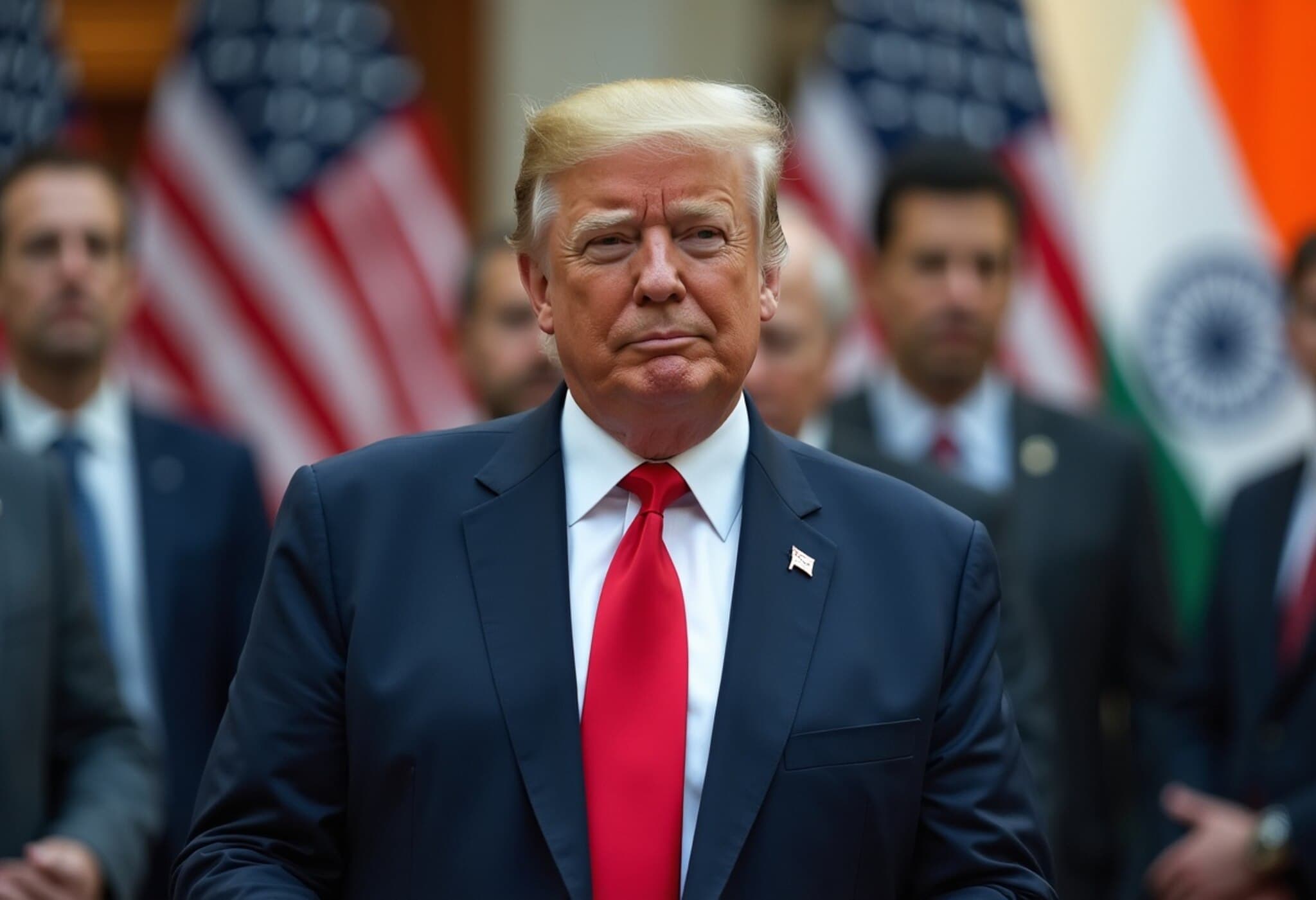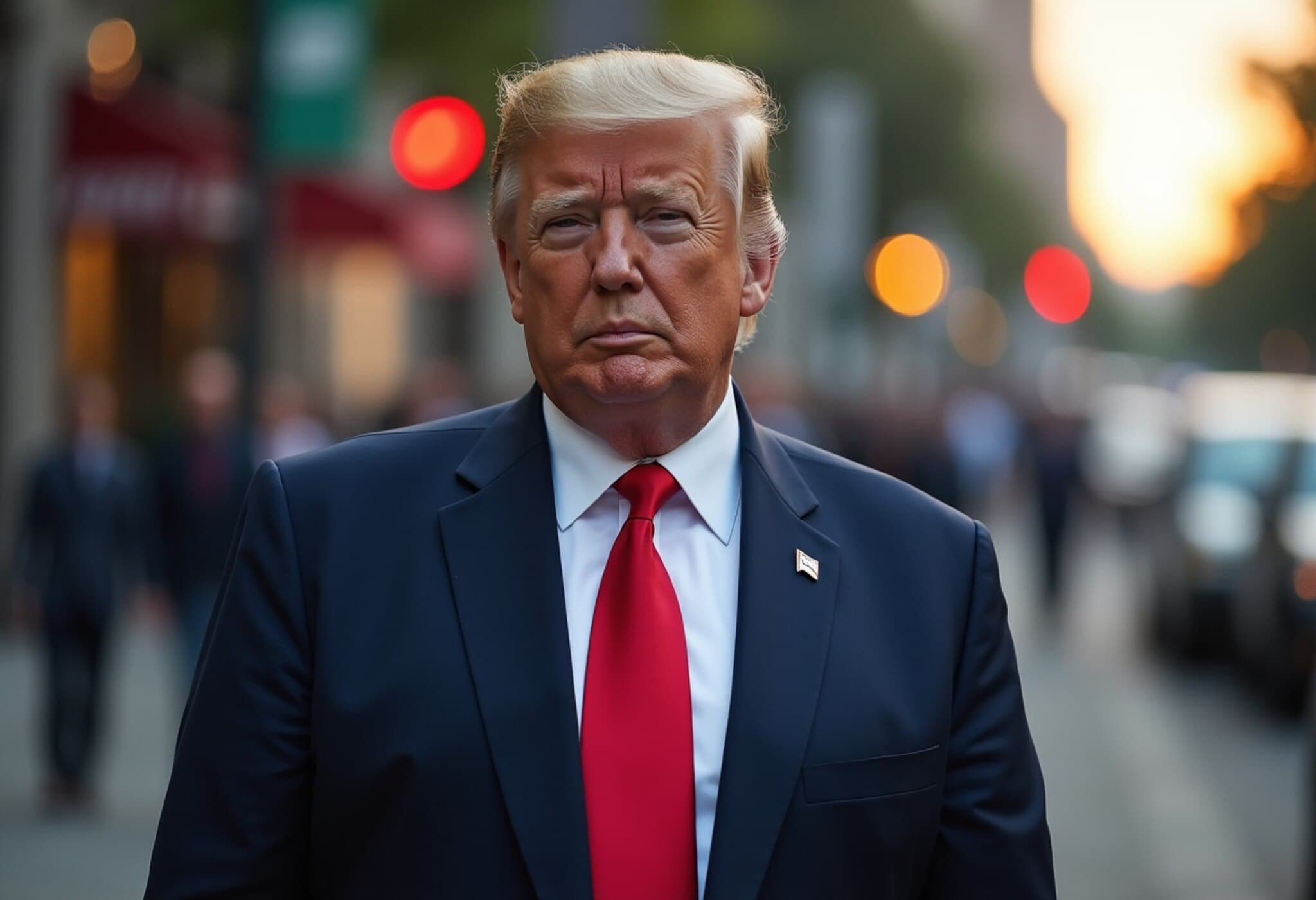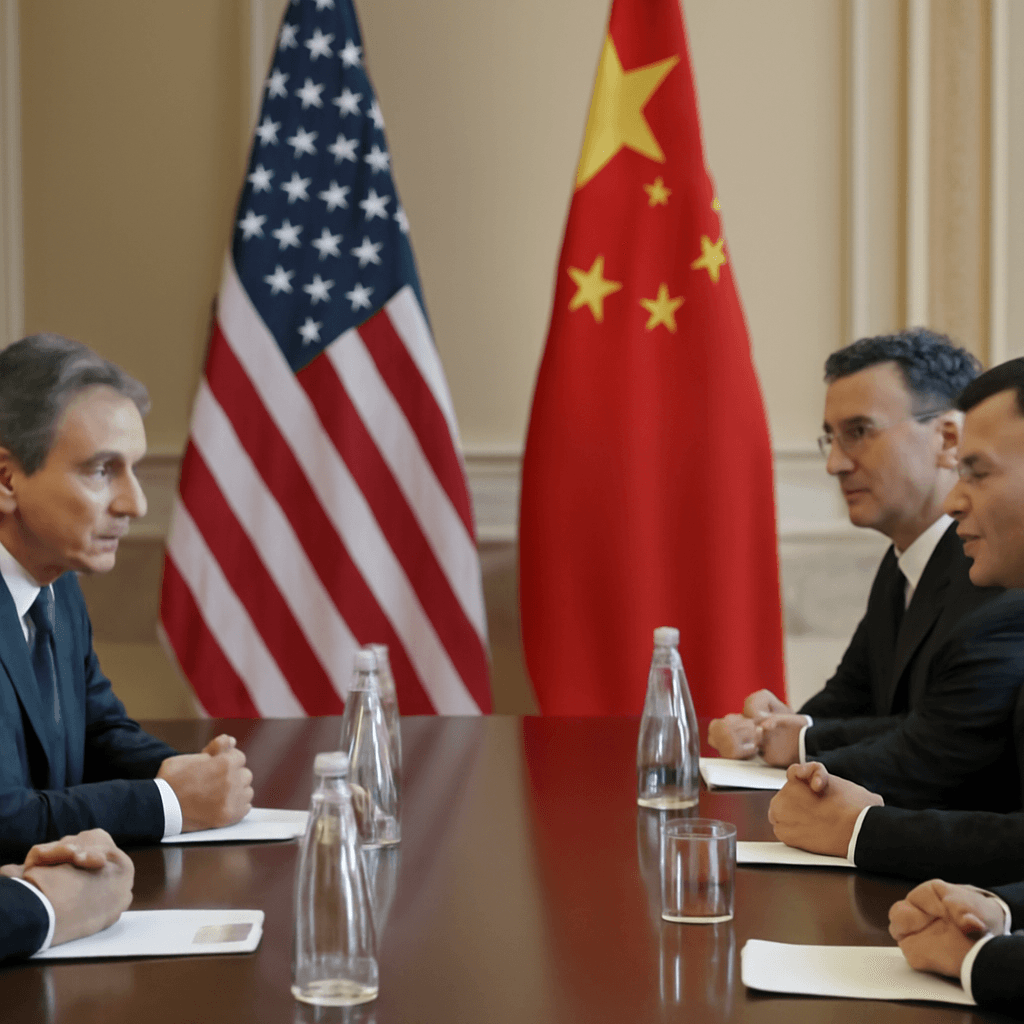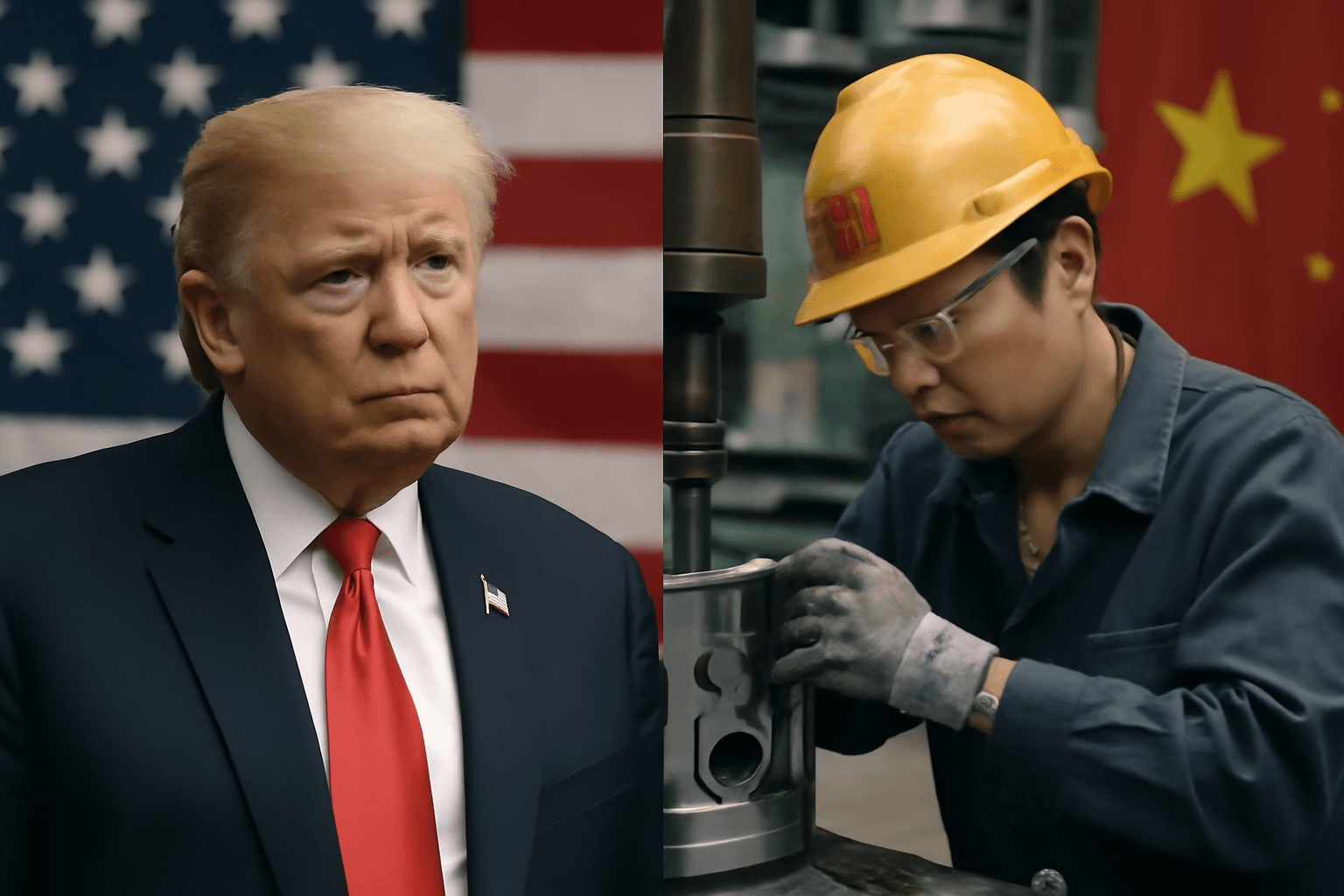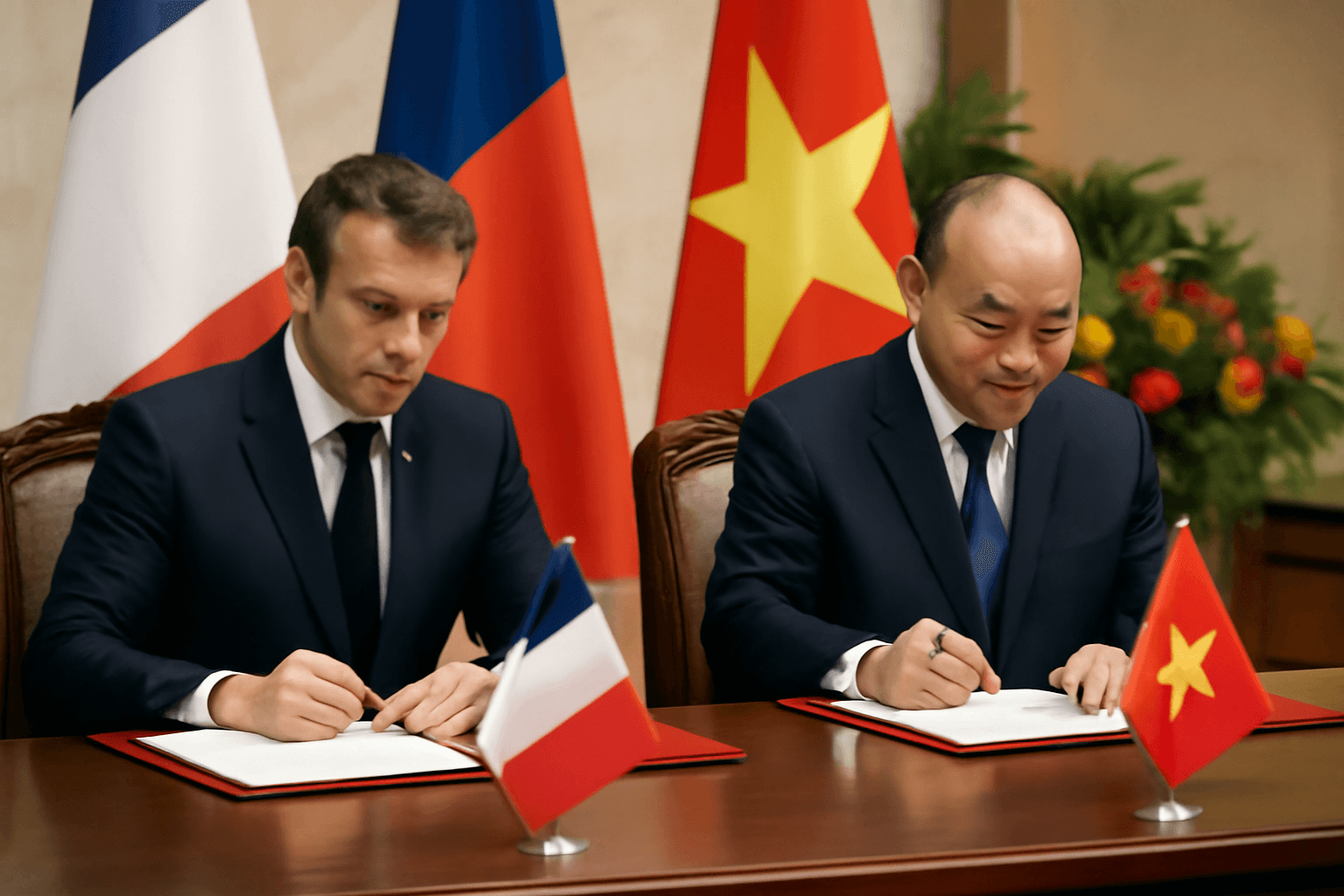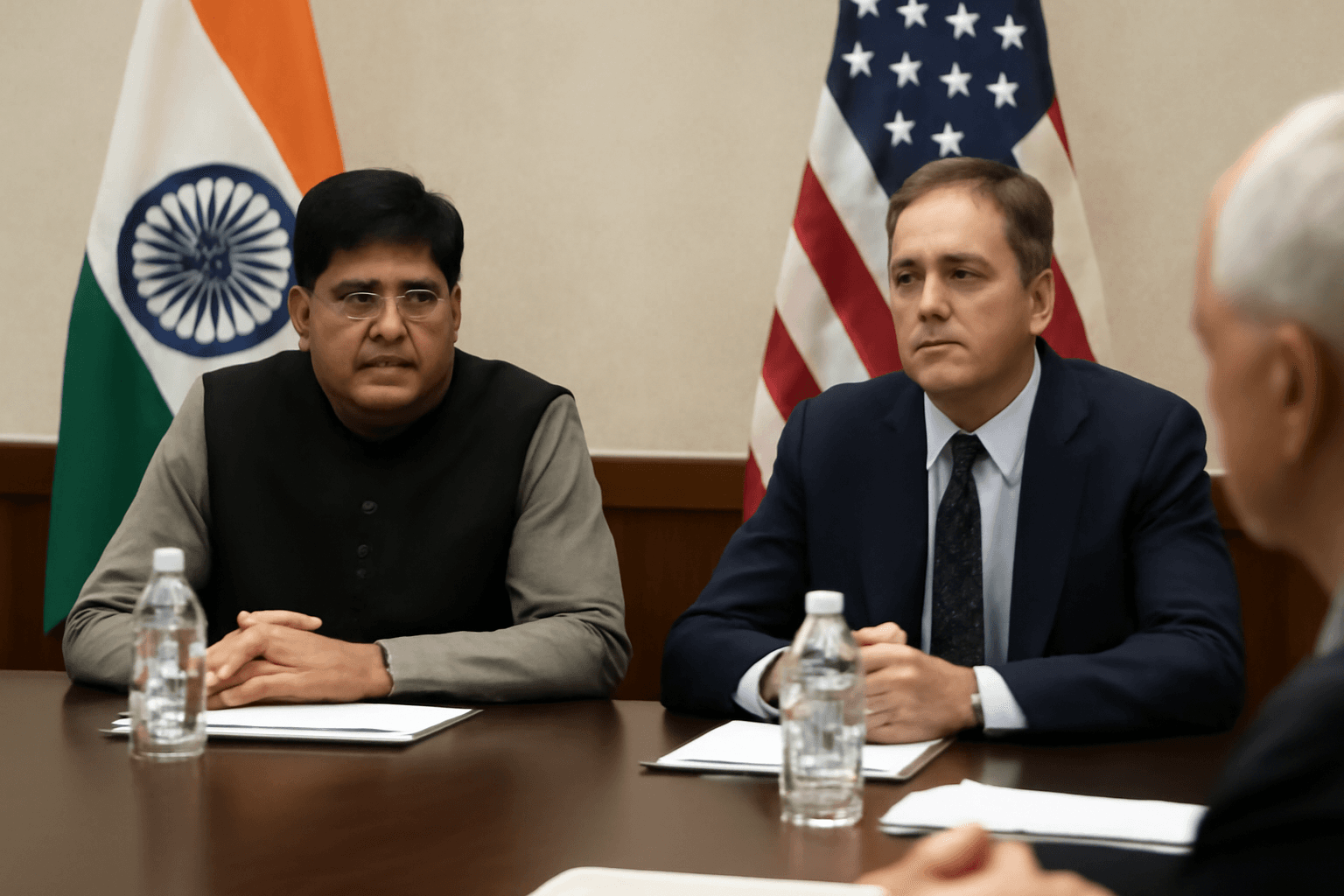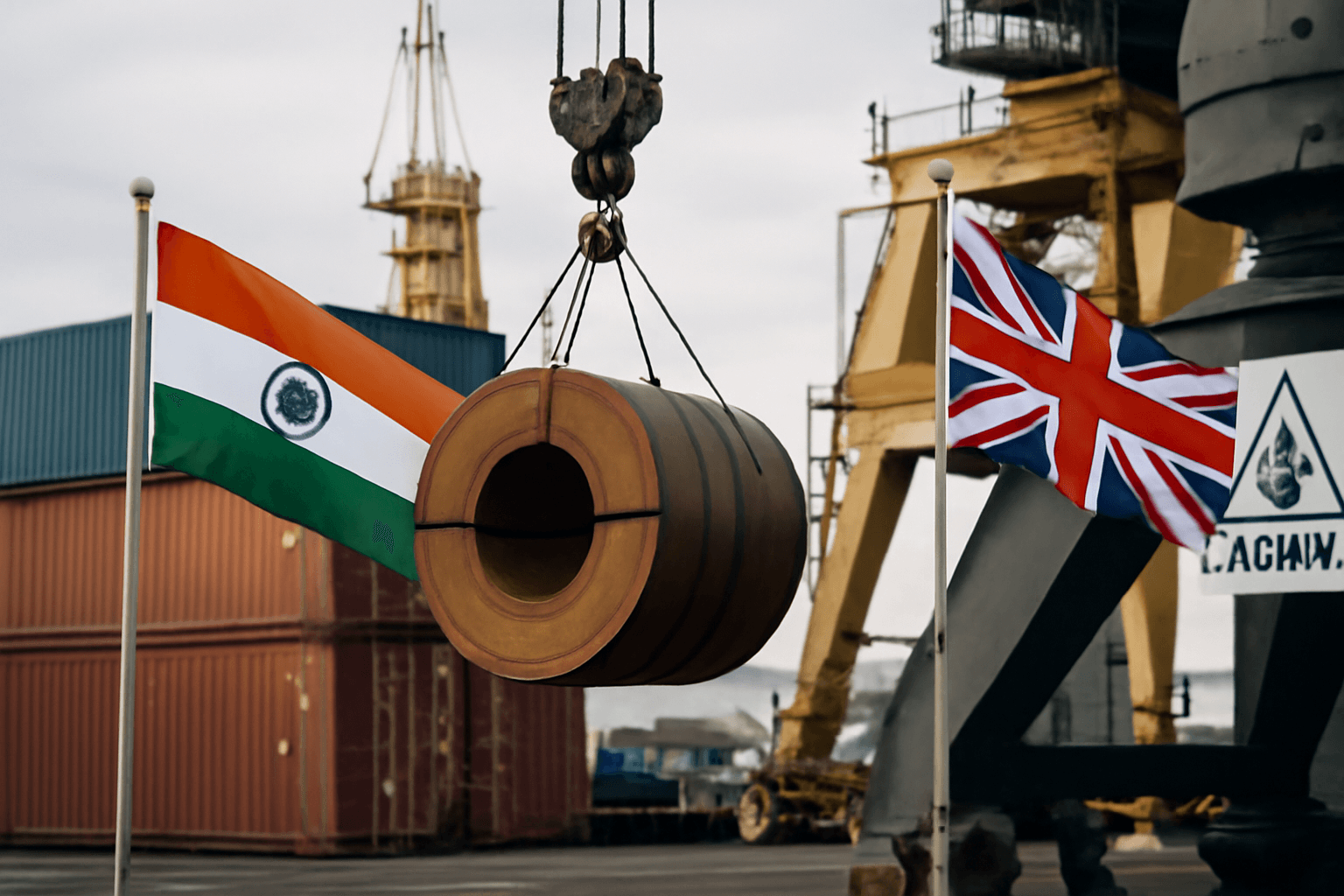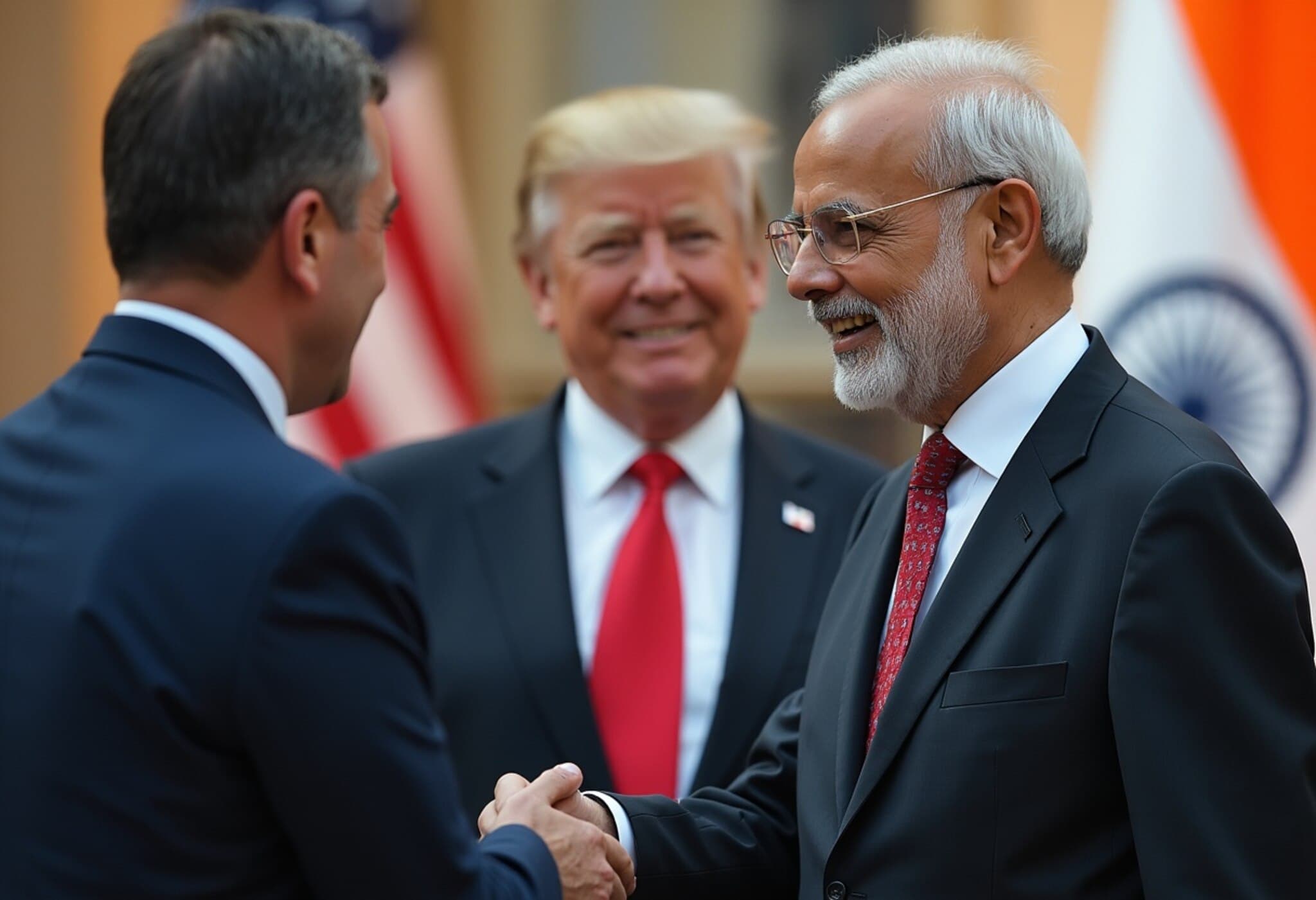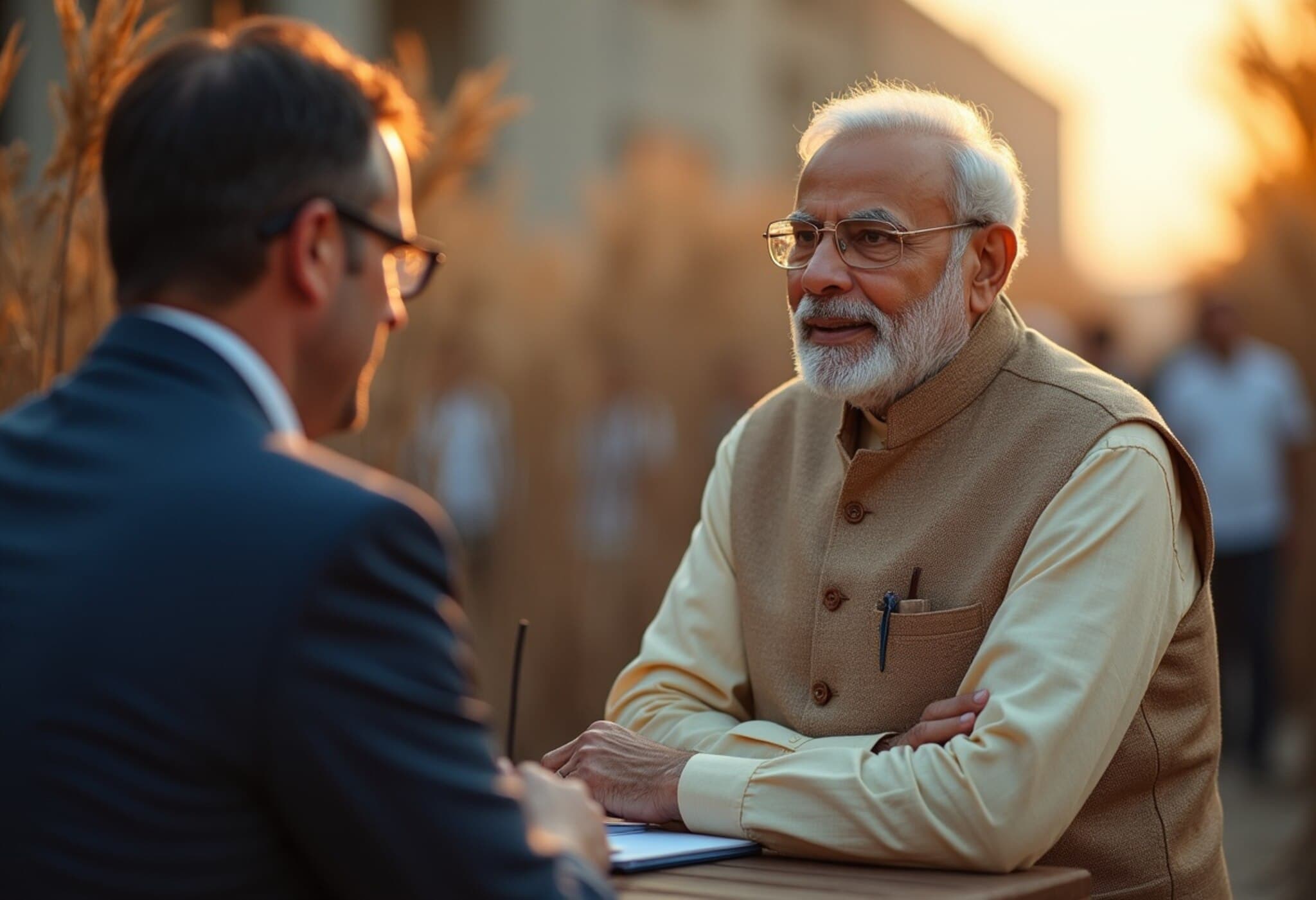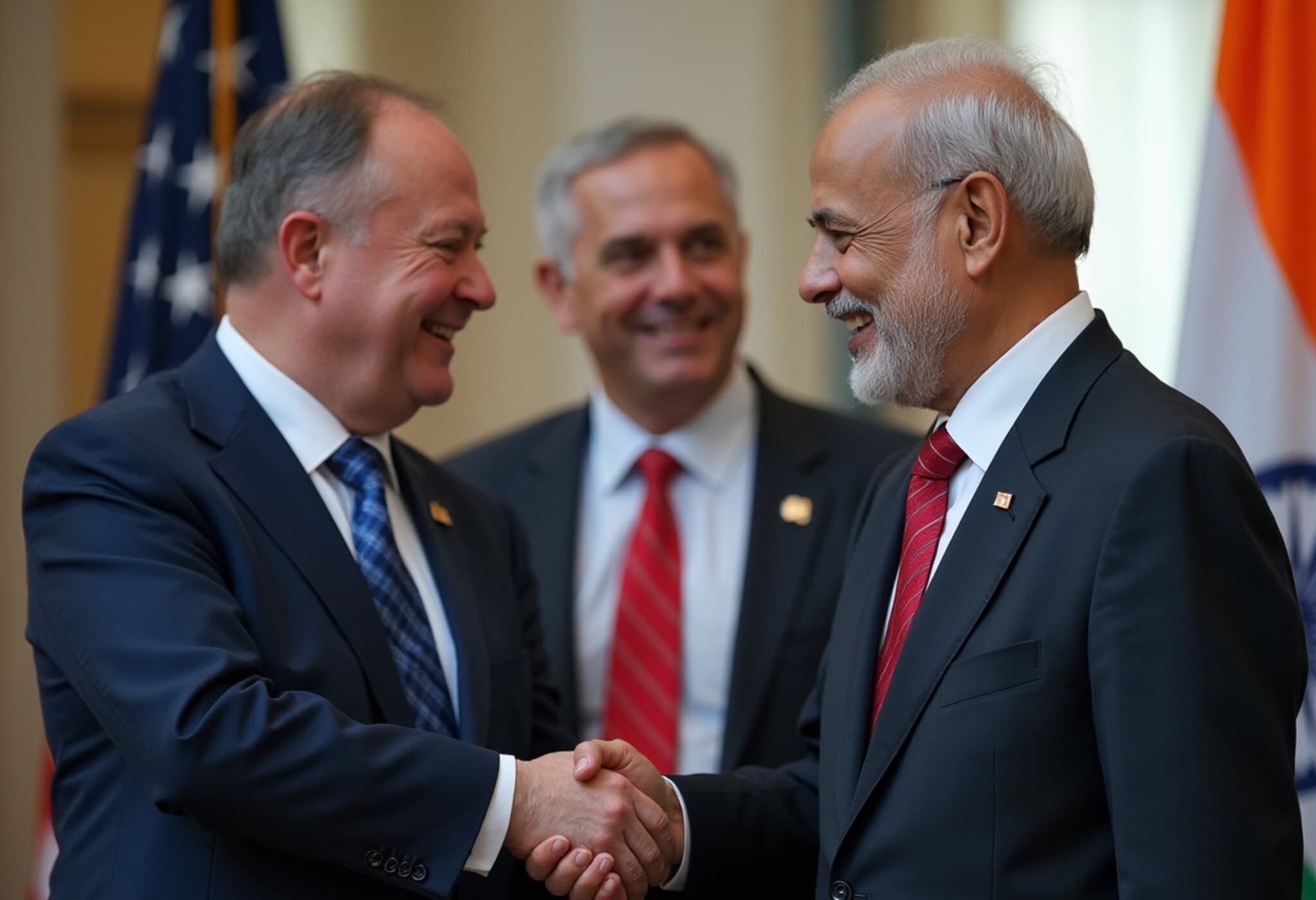US Imposes 25% Tariff on Indian Imports, Sparking Global Trade Debate
In a dramatic turn in international trade relations, US President Donald Trump announced a 25% tariff on goods imported from India, effective August 1, 2025. The announcement also included unspecified penalties targeting India’s procurement of Russian weapons and oil. This move has sent ripples across economic and diplomatic circles, casting uncertainty over months of ongoing US-India trade negotiations.
Experts See Tariffs More as Leverage Than a Final Blow
Trade and industry specialists largely consider this tariff move a strategic gambit within broader geopolitical chess, rather than an outright breakdown in relations. Madhavi Arora, an economist at Emkay Global, noted, "While negotiations appear stalled, the underlying strategic partnership means both nations are keen to reach an agreement. This is geopolitical maneuvering layered with economic considerations, favoring US leverage at this stage."
Similarly, N. Thirukkumaran from the Tiruppur Exporters’ Association underscored the tactical nature: "India’s firm stance on agriculture and dairy sectors demonstrates its resolve, and these tariffs seem intended as pressure rather than a permanent measure. We expect an agreement similar to recent UK trade deals."
Sectoral Impacts: Gems, Textiles, and Electronics Face Headwinds
The gem and jewellery industry, which relies heavily on the US market for nearly 30% of its exports worth over $10 billion, fears severe disruptions. Kirit Bhansali, Chairman of the Gem and Jewellery Export Promotion Council, expressed concern, "Such high tariffs risk decimating value chains and jeopardizing jobs on both sides. We urge for constructive dialogue to preserve this vital economic link."
Textile and apparel exporters also brace for challenges, with Rahul Mehta of the Clothing Manufacturers Association warning that tariff increases could make Indian goods 7-10% pricier than competitors’, threatening to erode market share amid growing competition from Vietnam and China.
Ashok Chandak, President of India Electronics & Semiconductor Association, highlighted the urgency for diversification: "Tariffs exacerbate India’s lack of competitive edge in electronics exports. This should galvanize a shift toward developing domestic brands and ascending global value chains beyond price-sensitive products."
Economic Outlook and Financial Market Reactions
Economists anticipate short-term volatility in Indian financial markets. Sakshi Gupta from HDFC Bank forecasted increased depreciation pressure on the rupee, with potential intervention by the Reserve Bank of India. Meanwhile, Aditi Nayar, Chief Economist at ICRA, warned of negative implications for India's GDP growth forecast, depending on the severity of the imposed penalties.
Yet some experts remain confident about India's long-term market attractiveness. Avinash Gorakshakar of Profitmart Securities remarked, "India is too significant a market for the US to overlook. While reactionary pressure is expected, the eventual economic impact should moderate once negotiations conclude."
Geopolitical and Strategic Dimensions Overshadow Economics
Beyond pure trade economics, the tariff move must be seen through the prism of evolving US geopolitical strategy, especially in response to India’s ties with Russia. Rishi Shah of Grant Thornton noted that amidst Russia-Ukraine tensions, the US’s punitive measures seek to align its trade policy with broader foreign policy goals.
Harsha Vardhan Agarwal, President of FICCI, emphasized the importance of patience and pragmatism: "A durable, mutually beneficial trade agreement is preferable over a rushed pact. India's large consumer market and skilled workforce remain attractive to US businesses, anchoring long-term cooperation."
A Delicate Balance: Navigating Trade, Strategy, and Diplomacy
The imposition of tariffs signals a complex mix of competition and cooperation. On one hand, the US is applying pressure to secure advantageous trade terms; on the other, both nations recognize the mutual benefits of partnership amid a changing global order.
- Key questions moving forward: How will India balance protecting its domestic sectors while meeting US demands?
- Can the two economies overcome short-term conflicts to forge a sustainable trade pact?
- What long-term impacts will this have on global supply chains and regional trade alignments?
As negotiations continue behind closed doors, businesses and policymakers alike await clarity on the next chapter of this critical economic relationship.
Editor’s Note
The US’s 25% tariff decision on Indian goods is more than a trade dispute; it’s a reflection of shifting geopolitical currents and the complexities of globalization. While the immediate consequences cause concern in key export sectors, the broader context suggests these tariffs serve as strategic leverage rather than a permanent economic barrier. Readers should watch how diplomatic engagement unfolds, as the outcome will influence not only bilateral ties but also the trajectory of global commerce and regional alignments in the Indo-Pacific. This episode underscores the delicate interplay between economic interests and foreign policy in today’s interconnected world.

